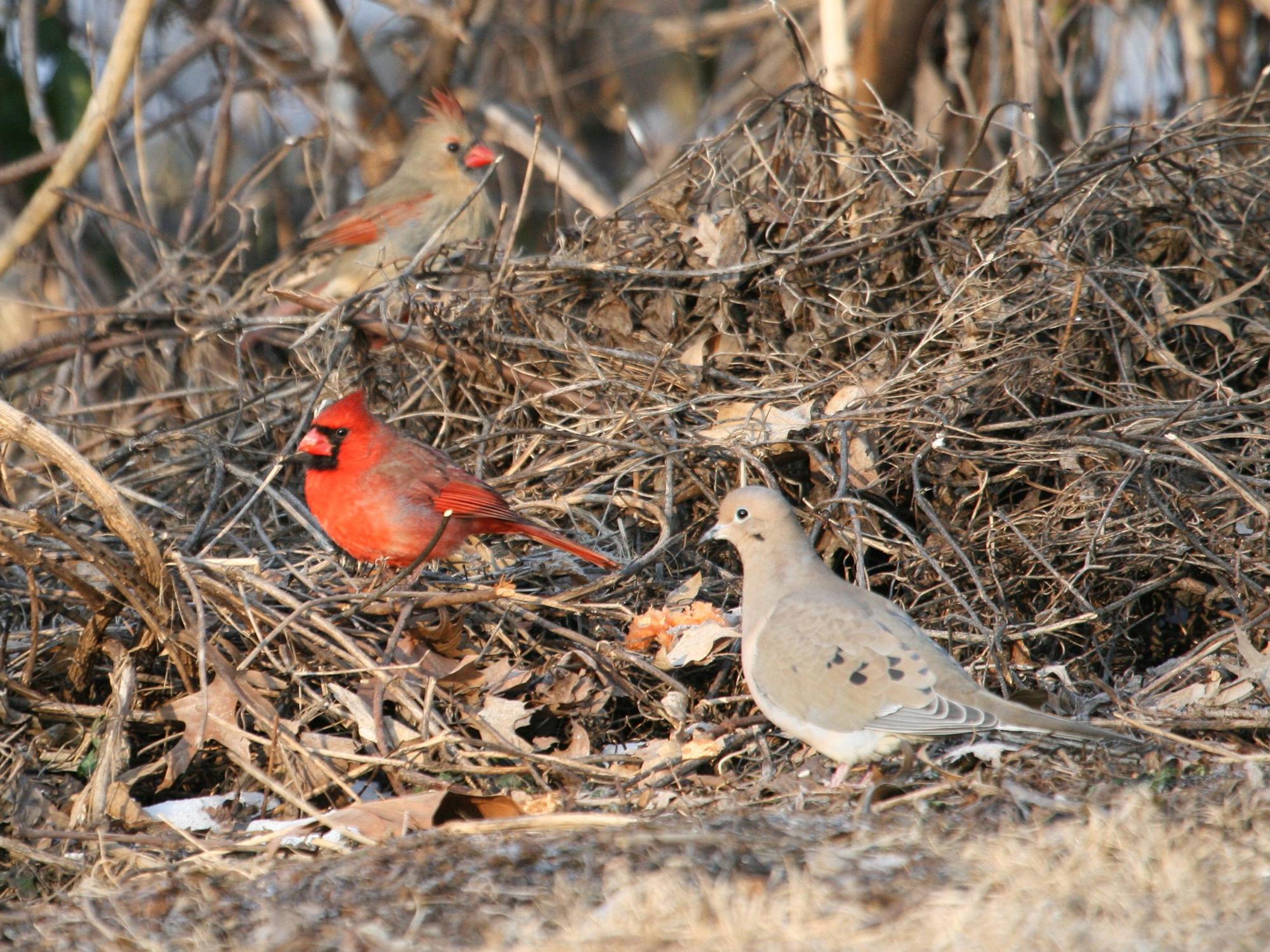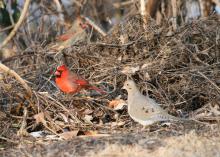Information Possibly Outdated
The information presented on this page was originally released on September 16, 2016. It may not be outdated, but please search our site for more current information. If you plan to quote or reference this information in a publication, please check with the Extension specialist or author before proceeding.
Brush piles provide wildlife mini habitats
RAYMOND, Miss. -- Wildlife enthusiasts often ask how to attract more animals to their property, and the answer is more complicated than most people realize.
Wildlife have four basic needs: food, water, cover and space. Typically, most folks have plenty of food and water available for wildlife through natural sources and supplemental sources like bird feeders and baths.
Space is often difficult for people to grasp because it depends on each species’ biological needs. In a nutshell, animals need a particular amount of space to perform their daily and annual activities, such as feeding and reproducing.
Nature provides cover through plants, shrubs and trees. Cover provides not only shelter from the elements but also nesting areas for all types of wildlife. In our tidy urban and rural home sites, cover can become scarce -- especially low-lying, thick cover. We can provide artificial structures such as nest boxes to replace the lost nesting cover. But, when it comes to cover needed for shelter, it is hard to replace through artificial structures.
One way to combat this loss is by constructing wildlife brush piles. These piles can provide the necessary cover for ground-dwelling wildlife, including birds, small mammals, reptiles and amphibians. This need is especially great in the harsh times of year like late summer and cold, windy days during winter.
Brush piles create microhabitats that increase moisture and add nutrients to the soil, attracting invertebrates like earthworms and insects, which are important food sources for many backyard wildlife species. This benefit is especially relevant during the late summer when food sources decline in sunny areas of the yard.
Locating the brush pile in an area of the yard where it is less likely to be disturbed is ideal. Also, avoid locating it on your property line, as your neighbor may not approve.
The late summer and fall are great times of the year to construct brush piles, as most of us have ample debris on hand from trimming and cleaning up the yard. Use larger limbs and logs for the foundational structure to build upon. Then add layers of smaller branches, leaves and other vegetation to the pile. As the pile matures, the small materials break down, feeding the soil and the invertebrates, while the larger limbs continue to provide vertical cover for wildlife.
Some people may view these piles as eyesores, but I can tell you from personal experience that I have watched many birds and mammals using the piles for cover and searching for food throughout the year. They most likely would not have been there without the brush pile.
So don’t wait. Get to work building a microhabitat -- one stick at a time!

Editor’s Note: Extension Outdoors is a column authored by several different experts in the Mississippi State University Extension Service.






